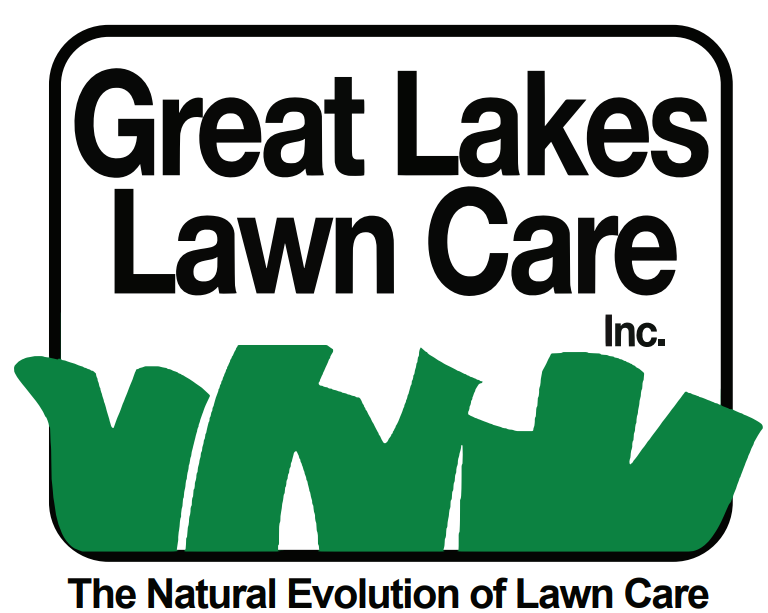Great Lakes Lawn Care’s Helpful Tips & Resources
At Great Lakes Lawn Care, we provide expert tips and resources to help you maintain a healthy, vibrant lawn. Our goal is to equip you with the knowledge and tools you need to keep your lawn looking its best. Whether you need advice on watering, fertilizing, or general lawn care practices, we're here to support you every step of the way. Explore our helpful resources to enhance your lawn care routine and achieve the lush, green lawn you’ve always desired.
Horticultural Practices
Horticulture is both a science and an art dedicated to growing and nurturing plants. At Great Lakes Lawn Care, we are committed to helping your lawn thrive—keeping it lush, green, and healthy. Achieving and maintaining a beautiful lawn requires consistent horticultural practices year after year.
Here are some essential lawn care tips to help homeowners stay on track with their lawn care routines and goals:
- Reseed Thin or Bare Patches: Reseed in the spring or fall to promote a thicker, healthier lawn, reducing weeds and insect infestations.
- Proper Watering: Ensure your lawn receives at least 1½”–2″ of water per week. Deep soakings help water reach the grass roots.
- Best Time to Water: Water early in the morning before the heat of the day to minimize evaporation. Avoid evening watering with chlorinated water, as it can weaken grass and increase the risk of disease.
- Mow at the Right Height: Keep grass between 2½”–3½” tall.
- Follow the One-Third Rule: Never remove more than one-third of the grass blade in a single mowing.
- Keep Mower Blades Sharp: Sharpen blades annually to ensure a clean, healthy cut.
By following these horticultural best practices, you can maintain a vibrant and resilient lawn all season long.
for more information on the best horticultural practices for your lawn, contact Great Lakes Lawn Care for a free lawn analysis and quote.




